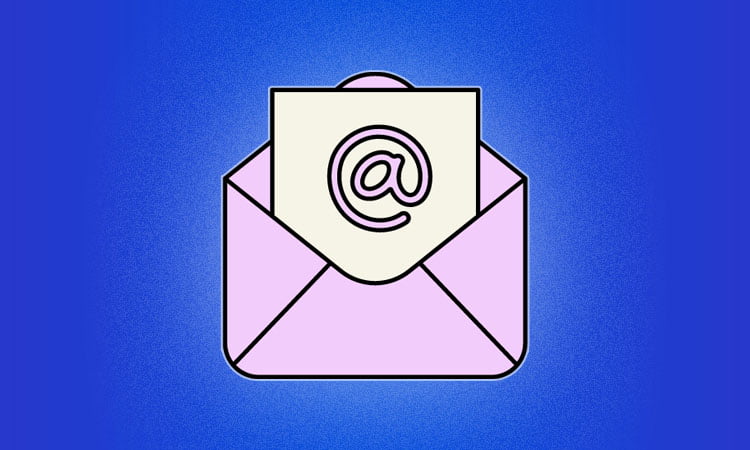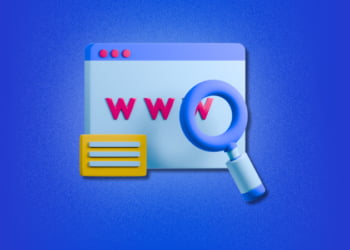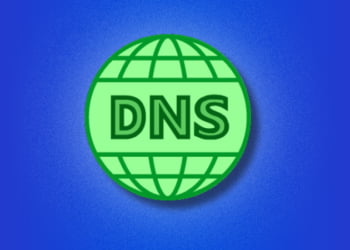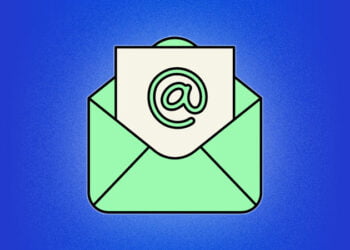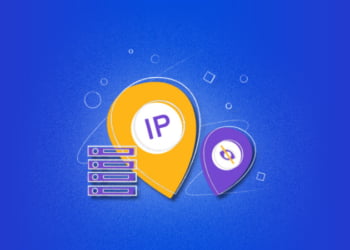Accessing your webmail account allows you to stay connected and on top of important messages.
Whether you are a newbie or a seasoned user, we have got you covered with this step-by-step guide on how to access your webmail account.
From identifying your email domain to troubleshooting access issues, we will cover all the necessary steps to ensure you have a hassle-free experience. So, let’s get started!
Check your email provider
Before accessing your webmail, you need to identify your email service provider and email domain. This information is essential for accessing your email account.
To check your email service provider, follow these steps:
| Step | Description |
|---|---|
| 1 | Open your email application or webmail login page |
| 2 | Look for your email address or username |
| 3 | The part of your email address after the “@” symbol is your email domain. For example, if your email address is john.doe@gmail.com, your email service provider is Google and your email domain is gmail.com. |
Knowing your email service provider and domain is crucial in locating the webmail login page. If you are unsure about your email details, contact your email provider for assistance.
Locate the webmail login page
Once you have identified your email service provider and domain, the next step is to find the webmail login page. To do this, follow these simple steps:
- Open your preferred web browser, such as Google Chrome, Mozilla Firefox, or Safari.
- Enter your email service provider’s domain name into the address bar. For example, if you use Gmail, you would type in “gmail.com”.
- Look for a “Login” or “Sign in” button on the homepage. It is usually located in the top right corner of the page.
- Click on the “Login” or “Sign in” button, which will direct you to the webmail login page.
Alternatively, you can also search for the webmail login page by typing your email service provider’s name and “webmail login” into a search engine.
Once you have arrived at the webmail login page, you will need to enter your login credentials to access your email account. We will cover this in the next section.
Enter your login credentials.
After locating the webmail login page provided by your email service provider, you will be prompted to enter your login credentials. These typically include your email address and password.
If you are unsure of your email address, check your email account information or try using your full name followed by the “@” symbol and your email domain.
If you do not remember your password, click on the “forgot password” link and follow the steps provided by your email service provider.
It is important to ensure that you enter the correct login credentials to avoid any login issues or potential security breaches. Double-check your email address and password before clicking on the login button.
Navigate Your Webmail Interface
Once you have successfully logged in to your webmail account, you will be directed to the interface. The interface is typically divided into several sections that allow you to manage and access your emails.
Inbox
The Inbox section displays all of your received emails. To access an email, simply click on the email subject line. You can also sort your inbox by date, sender, or subject to quickly find specific emails.
Sent Items
The Sent Items section displays all of the emails you have sent. You can also sort your sent items by date, recipient, or subject to quickly find specific emails.
Drafts
The Drafts section displays any emails that you have saved as drafts that you have not yet sent. You can edit and continue drafting these emails by clicking on the email subject line.
Composing an Email
To compose a new email, click on the “Compose” button, usually located on the top left-hand corner of the interface. A new window will appear where you can input the recipient’s email address, subject, and body of the email.
You can also format the text of your email, including adding bold, italic, or underlined text, changing the font or color, and adding hyperlinks. Once you have finished composing your email, click on the “Send” button to send the email to the recipient.
By following these guidelines, you can easily navigate your webmail interface and efficiently manage your emails.
Access webmail on mobile
In today’s fast-paced world, it’s important to be able to access your webmail account on the go. Whether you’re on a business trip or just want to check your email while out and about, mobile webmail access is essential. Here’s how to access your webmail on your mobile device:
- Open your mobile browser and navigate to your email service provider’s website.
- Find the webmail login page and enter your login credentials.
- Navigate your webmail interface, including your inbox and other important features.
It’s important to note that some email service providers may have a separate mobile app for accessing your webmail. If this is the case for your provider, you can download the app from your device’s app store.
Additionally, it’s important to keep your mobile device secure when accessing your webmail account. Be sure to log out of your account when you’re finished using it and avoid accessing your email on public Wi-Fi networks.
Troubleshoot Webmail Access Issues
While accessing webmail is generally a straightforward process, some issues may arise. Below are some troubleshooting tips to help you overcome any problems you may encounter.
Forgot Your Password?
If you have forgotten your webmail password, you can retrieve it by clicking on the “Forgot Password” link on the login page. Follow the prompts to reset your password and regain access to your account.
Incorrect Login Credentials?
Double-check that you are entering the correct login credentials. Ensure that your email address and password are entered correctly and that there are no typos. If you are still unable to log in, try resetting your password as mentioned above.
Connection Issues?
If you are unable to access your webmail account due to connection issues, try refreshing your browser or switching to a different browser. You can also try restarting your modem or router to see if that resolves the issue.
Server Outage?
If you suspect that the webmail server is experiencing an outage, check your email service provider’s website or social media channels. They may provide updates on any issues affecting their services.
Blocked Account?
If you are unable to access your webmail account and suspect that it may be blocked, contact your email service provider’s support team for assistance. They can help unblock your account and resolve any issues.
By following these tips, you should be able to troubleshoot and overcome any issues that may arise when accessing your webmail account.
Secure your webmail account
Your webmail account contains sensitive information that needs to be secured from unauthorized access. Here are some tips to help you secure your webmail account:
1. Use a strong password
Make sure you use a strong and complex password that is difficult to guess. Your password should be at least 8 characters long, and use a combination of uppercase and lowercase letters, numbers, and symbols. Avoid using common phrases, names, or dates that can be easily guessed.
2. Enable two-factor authentication
Two-factor authentication (2FA) is an extra layer of security that requires you to provide a second form of identification, such as a code generated by an app on your phone, in addition to your password. This can significantly reduce the risk of unauthorized access to your account.
3. Keep your software up to date
Make sure you keep your webmail software and operating system up to date with the latest security patches and updates. This can help prevent hackers from using known vulnerabilities to gain access to your account.
4. Beware of phishing scams
Phishing scams are fraudulent emails that appear to be from a legitimate source, such as your webmail provider, but are actually designed to trick you into revealing your login credentials. Always be cautious of unsolicited emails, and do not click on suspicious links or download attachments from unknown sources.
5. Log out of your account
Make sure you log out of your webmail account when you are finished using it, especially if you are using a public computer or shared device. This can help prevent unauthorized access to your account if someone else gains access to your device.
FAQ
Here are some frequently asked questions about accessing webmail:
What should I do if I forgot my email password?
If you can’t remember your webmail password, you can usually reset it through your email service provider’s website. Look for the “forgot password” link on the login page and follow the instructions provided.
Why can’t I access my webmail?
There are a number of reasons why you might be having trouble accessing your webmail, including issues with your internet connection, problems with your email service provider’s servers, or incorrect login credentials. Try troubleshooting the issue by checking your internet connection, verifying your login details, and contacting your email service provider for further assistance.
What should I do if I can’t find the webmail login page?
If you are having trouble locating the webmail login page for your email service provider, try doing a quick internet search for “webmail login” along with your email domain or service provider’s name. Alternatively, you can try contacting your email service provider’s customer support for further assistance.
How do I know if my webmail account is secure?
There are a number of measures you can take to secure your webmail account, including using strong passwords, enabling two-factor authentication, and being cautious about opening suspicious emails or attachments. Make sure to also keep your webmail software up to date with the latest security patches and updates.
Can I access my webmail on multiple devices?
Yes, in most cases you can access your webmail on multiple devices, including computers, smartphones and tablets. However, you will need to ensure that your email service provider supports multiple device access and that you have the correct login credentials for each device.
